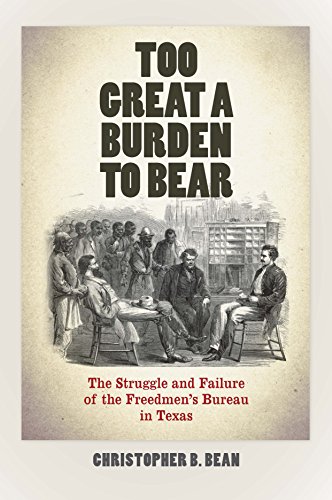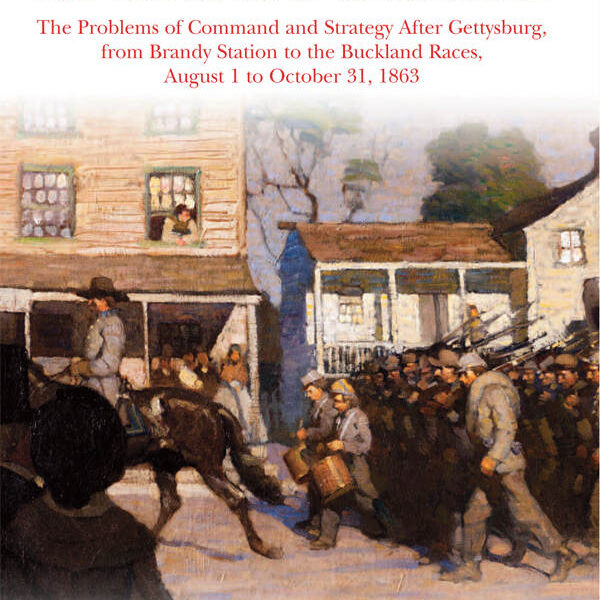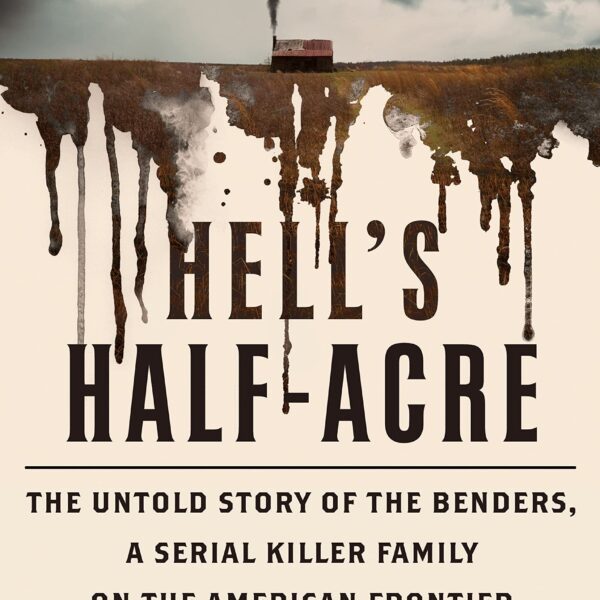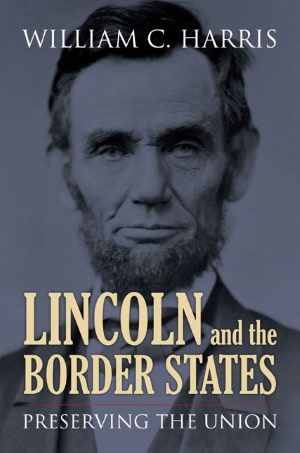Commander Will Cushing: Daredevil Hero of the Civil War by Jamie Malanowski. W.W. Norton, 2014. Cloth, ISBN: 978-0-393-24089-4. $26.95.
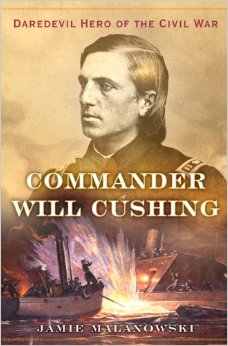 William B. Cushing is no longer a household name, even among students of the Civil War. Yet Cushing’s heroics in directing a small open cutter up the Roanoke River to sink the rebel ironclad Albemarle with a spar torpedo in October of 1864 ranks as one of the most daring acts of the war—and made him, for a moment, a national celebrity. Jamie Malanowski’s biography of Cushing explores both the act and the man in this sprightly, fast-paced narrative.
William B. Cushing is no longer a household name, even among students of the Civil War. Yet Cushing’s heroics in directing a small open cutter up the Roanoke River to sink the rebel ironclad Albemarle with a spar torpedo in October of 1864 ranks as one of the most daring acts of the war—and made him, for a moment, a national celebrity. Jamie Malanowski’s biography of Cushing explores both the act and the man in this sprightly, fast-paced narrative.
Cushing was no accidental hero. Young, brash, touchy, fearless, and vain, he eagerly sought heroism—and the Civil War provided him with ample opportunities. Cushing’s precocity was evident from the start. He managed to get himself kicked out of the Naval Academy in his senior year on the very eve of war, at a time when the Navy needed every one of its young officers. Then, he talked his way back into the Navy after the war began, and earned promotions to Ensign, Lieutenant, and Lieutenant Commander all while still a teenager—becoming the captain of a warship at nineteen.
Will (as Malanowski calls him throughout) was one of four Cushing brothers; they, too, are part of the story, though in supporting roles. Alonzo Cushing commanded the artillery battery at the apex of Pickett’s Charge at Gettysburg, and Howard Cushing was at both Shiloh and Vicksburg with Grant. As Malanowski puts it, “the Cushing brothers had an astonishing ability to show up at the Civil War’s most important moments” (94). This allows Malanowski to maintain a chronological narrative and provide context for Will’s actions without entirely leaving the Cushing family off the page, though occasionally he does—as, for example, when he describes the clash of ironclads in Hampton Roads where (for once) no Cushings were present. For the most part, however, young Will remains at the center of the story.
And what a story. Malanowski uses colorful language in describing the action: ships are crushed “like an apple basket”; battles move across the landscape “like a ferocious typhoon”; and a bonfire creates “a flickering, orange, shadow-dancing stage” (79, 114, 190). Cushing’s life story needs little dramatizing, however. In a letter to his own mother, Cushing described a river skirmish in language suggestive of Edward Bulwer-Lytton: “ Crash! go the bulkheads—a rifle shell was exploded on our deck, tearing flesh and woodwork. A crash like thunder is our reply” (119). Malanowski expresses sympathy for Will’s mother in receiving such a missive, and as it happens, she outlived all four of her sons.
Besides his iconic destruction of the Albemarle, Will Cushing’s short life (he died at 31) included his participation in the attack on Fort Fisher, as well as a key role in the Virginius Affair in 1873—both of which are well covered here. Though he does turn up a few plumbs, Malanowski’s book is not deeply grounded in original research. It is, however, a brisk and thoughtful essay about a remarkable man.
Craig L. Symonds is Professor Emeritus at the U.S. Naval Academy, and the author of more than twenty books, including Lincoln and His Admirals (2008) and The Civil War at Sea (2009).

